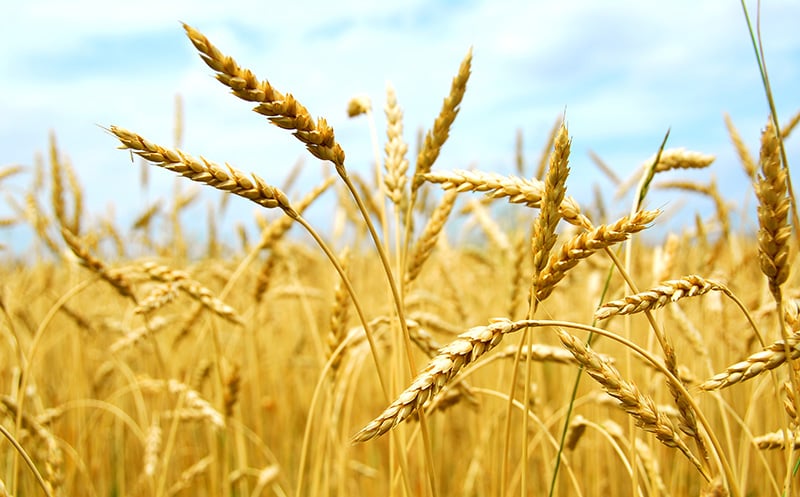Back to articles
Feeding the World with Connected Crops

Growing enough food to feed the world’s exploding population is a rapidly accelerating challenge. Food production consumes considerable resources such as water and fertilizers. How can IoT play a part in the solution?
In my last article, we looked at the market opportunity for IoT developers in assisting farmers to manage livestock. This time, we look at how IoT can be used to help deal with one of the planet’s emerging problems: producing enough food to feed everyone while conserving resources wherever possible.
Latest estimates put the global population at 7.7 billion, and that’s set to grow by 82 million people every single year. With finite space to grow crops, feeding the world is set to become a greater challenge than ever before.
How IoT can assist agriculture
The concept of optimising agriculture by applying a local response to a local condition is not a novel one. The idea of precision agriculture (PA) or site specific crop management (SSCM) has been around for some time. Enabling technologies can assist in bringing PA to life as solutions become smarter and prices decrease over time.
Data collected by smart sensors can be used to track the state of a farmer’s business in more detail than ever before. Offering insights on data such as weather conditions in a specific spot, soil humidity, soil acidity, growth progress and other productivity metrics can provide genuine value for farmers.
Smart devices can assist with cost management, waste reduction and automation, creating a more efficient and productive business. Higher standards of crop quality and more control over capacity issues mean such systems could improve the long-term health of any agriculture-based business.
Now let’s take a look at the opportunities in more detail.
Local soil monitoring
Imagine a modest low-cost sensor, capable of measuring soil and local weather parameters. The design should be durable and solar driven, keeping maintenance to an absolute minimum.
Such a multi-sensor device can send data at regular intervals throughout the day to a central server. The farmer can then view a map of his crops, highlighting areas of low soil moisture and areas with acidity issues. Such a solution may aid in using water and fertilizer in a more optimal way by only applying it on areas which needs it.
In future years it’s easy to imagine this being combined with autonomous vehicle technology so that watering, fertilizing or pesticide application only takes place where and when it is required. Both sensors and automated vehicles exist today. It is in the combination of technologies, data aggregation and analysis where the major challenge lies ahead.
Once interoperability improves and turnkey solutions are developed, we will see widespread use of such smart systems.
Crop management on a larger scale
Not only may data from a sensor mesh network aid the day-to-day farm administration, it can also provide benefits in larger spatial and temporal contexts.
Soil and weather data as well as long-term trends identified from it can prove incredibly valuable over time, assisting farmers in identifying problem areas. Such non-productive areas may be re-purposed with other crops more suitable for particular local conditions.
The overall aim of crop management is to improve yields. Monitoring crop growth and weather in individual fields can help farmers see trends and anomalies over time that would otherwise be invisible.
Presentation of real-time data gives the farmer new tools in order to make corrective actions at an early stage. This has the potential to turn a poor year into an average one, or an average one into a great one. Over time, the farmer may therefore enjoy a more sustainable, predictable business.
Market opportunity in smart agriculture
The market is still developing, but there is little doubt of the potential. BI Intelligence predicts there will be 75 million connected farming devices by 2020, which is an annual growth of 20 per cent. By 2025, the overall market size is set to grow to $15.3 billion, which is three times that in 2016.
Read more: Partnerships & Ecosystems for Industrial IoT
Many existing products are proprietary and therefore lock the farmer into one specific ecosystem. If that company goes bankrupt or changes strategy, that could be an expensive mistake.
We will likely see increased standardisation, improved interoperability and novel products coming to market in this segment. This should lead to precision agriculture being more widely adopted, resulting in higher yields as well as reduced cost and environmental impact through more efficient production.
Visit our resource page on Industrial IoT


